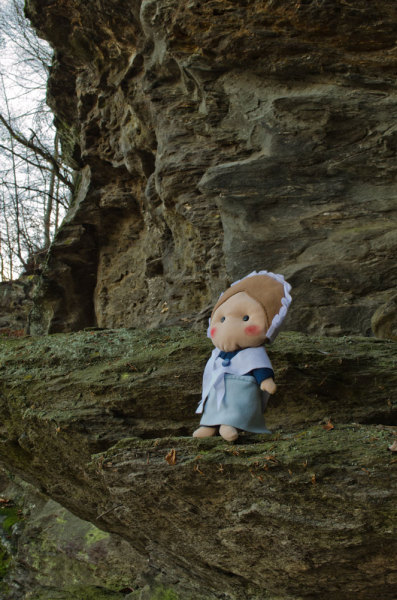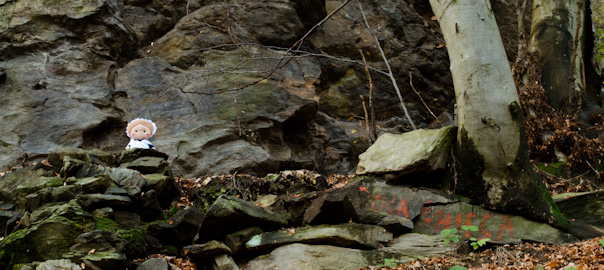Hi all!
Maybe I’ve already recounted you about Prarostino, but a tiny review is always good: today we’re going right here, in a small hill town with 1200 inhabitant in the province of Torino, at the confluence between Chisone and Pellice valleys.
Historical documents tell us that Waldesians lived in this area since early 16th century. As I already told you in other stories on this blog, Waldesians were persecuted as they were considered hereticals, because of their religious ideas.
Our story begins in 1535, when the ecclesial authorities of Torino denounced the presence of hereticals in Prarostino’s area, and appointed the Lord of Miradolo, Pantaleone of Bersour, with the mission of find the Waldesians in the area. He couldn’t achieve completely the task, but at his orders the soldiers carried out many plunders, and many peasants had a hard time.

The situation was so wound–up that the community divided in two independent towns, not based on geography but on confession! The vineyards in the upper hills belonging to a catholic peasant was part of San Secondo di Pinerolo, originally located in the lower plains, and if a Waldesian had a field in that plains… well, that was part of the Prarostino municipality, which had the centre in the hills!

Because of this situation, the possibility of hide and secretly celebrate the cult was essential. On the top of the hill of Prarostino, the Waldesians had found a rock which suited their needs, and which got the name of “Rocha Ghiesa”, which means Church–Rock.
Roca Ghiesa is located in a secondary road in Godini hamlet. At that time that place wasn’t easy to reach, because the cars didn’t existed yet, and the carts coudn’t pass. To get there you had to pass throught a precipitous forest. The place had been chosen as a haunt because it was isolated, and suitable for the need of avoid to be found and denounced.

But, of course, the inhabitants of Prarostino couldn’t stay all alone and totally isolated, and climbing up some meters over Roca Ghiesa they could reach the summit which still nowadays divides this town from Angrogna. This place became also a contact and meeting point for the inhabitants of the two towns.
I suggest you to take a trip here during spring and summer, when there are not so many dead leaves. The path is well indicated, but the forest is shady, and with many leaves there’s a serious risk of slip. Be careful!

How to get here
When you reach the square of San Bartolomeo, the administrative center of Prarostino, get the paved road which goes down to Milione – Bos Barbè. At the first fork follow the directions which indicate Pagnoni, Chianforani, Lia. Go on for a mile until you reach the temple of Roccapiatta, in a secondary road.
Follow the main road following the wooden road sign Cardon – Rostagni. Passed over these groups of houses you’ll get to Pralarossa hamlet, in the Commune of San Germano Chisone. Here you can rest for a while and look the beautiful panorama of San Bartolomeo from on high and of a slice of Val Chisone.
Proceed on the road which passes around and over the hamlet until you reach the last group of houses in Godini hamlet. At this the road is not paved anymore, and after this the road starts looking down. Take this road, and after on hundred meters you’ll find a road on your right with the indication for Roca Ghiesa. Take it and go on for 400 meters until the point where the road ends, and you’ll have to take a path in the middle of the forest, marked in white and red. From here a nice hour of walking in the middle of the wood will conduct you to Roca Ghiesa.
Do you want to read the tale in Italian ?
